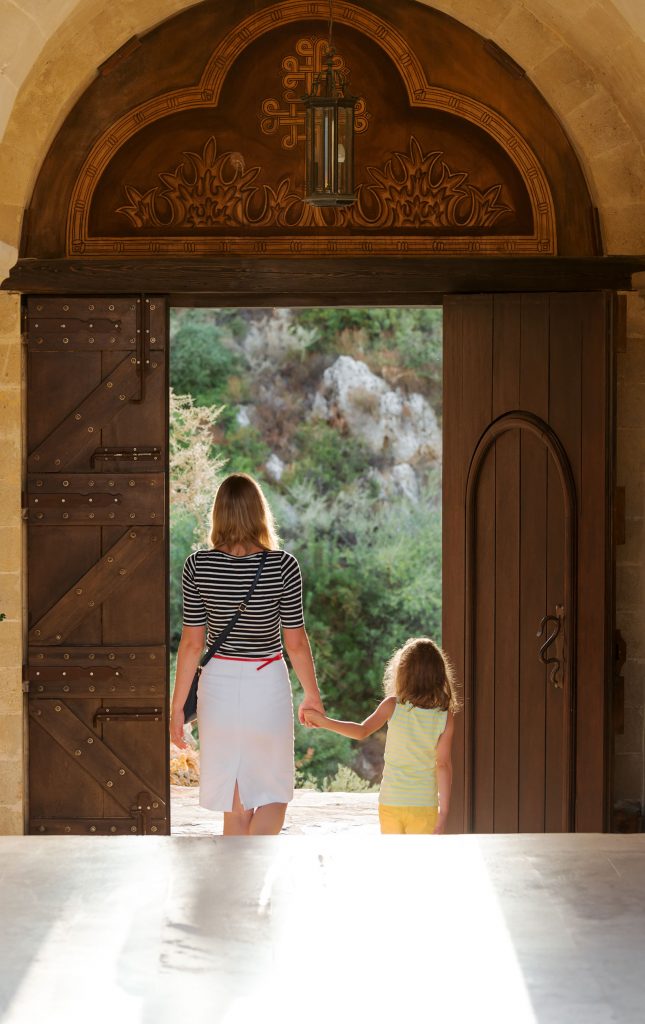Father Virgil Michel, a priest of the early 20th century liturgical renewal that led up to the Second Vatican Council, in a 1936 article titled “The Scope of the Liturgical Movement” for a publication known as Orate Fratres (10) wrote:
“If the first purpose of the liturgical movement is to lead the faithful into more intimate participation in the liturgy of the Church, then the further objective must also be that of getting the liturgical spirit to radiate forth from the altar of Christ into every aspect of the daily life of the Christian.”
The final rites at Sunday Mass are intended to facilitate this radiating forth from the altar of Christ. They are very simple in form, and dependent on the radiating power of our full participation through the liturgy. They are often referred to as the Sending Forth. The simple elements are as follows:
> parish announcements;
> blessing;
> dismissal;
> If it is the custom in the parish, there may also be a song that strengthens that sending.
By this ending point in the Mass, through their full, conscious and active role from the start, each participant is now rehearsed and strengthened in the connection between their purpose in the liturgy and their purpose in life — to be a part of God’s work in the history of salvation, the building up of God’s truth, justice, love and peace. If, from the Gathering Rite and throughout the Mass, we have given over our spirits to the purpose of the one body of Christ in the world, then these brief concluding rites will be strong enough to carry the weight of that full participation, uniting and confirming our common identity and purpose on behalf of the world.
In a sense this brief sending rite serves as a springboard forward into everyday life. What we have rehearsed ourselves to be during this time of prayer and worship, we are now sent forth to be in the world. So, the power of our Concluding Rites depends on the full, conscious and active participation enabled and fulfilled throughout the liturgy.
We are not sent forth to act and be the same old way we always are. We are sent renewed, transformed, strengthened, enlivened, fully charged to be a part of the continuing presence of Christ on the earth; to live by God’s creative desire and hope for the world.
Mark Searle, a remarkable liturgical theologian (+1992), in his book (published posthumously) “Called to Participate: Theological, Ritual and Social Perspectives” instructs:
“We do not stand around the altar simply for our own benefit but because it is our vocation to stand before God on behalf of the world.” (p. 84)
“The liturgy requires of us a setting aside of the quest for personal satisfaction; it demands self-abnegation, self-emptying, self-forgetfulness, so that our emptiness may be filled with the memory of Christ and with the fullness of his Spirit, in whom we know we are one with all God’s people.” (p. 85)
As baptized in Christ, there is a higher purpose for which we gather together at Mass — a higher purpose for which we live. Archbishop José H. Gomez, in his recent pastoral letter “For Greater Things You Were Born” reminds us:
(24) “The Gospel of Jesus Christ is the most radical doctrine in the history of ideas. If everyone believed what Jesus proclaimed. … I cannot help but think that every society could be transformed overnight. … (37) With Jesus, we find our lives in losing our lives for the sake of the love of God. We want to offer every breath, every beat of our heart — that God’s love may be revealed in the hearts of others. In every situation, we want to offer ourselves to God. We want to say, ‘Here I am, Lord. I come to do your will.’”
Let us go forth in peace to radiate the love of God and the truth of the Gospel of Jesus Christ to the world.

